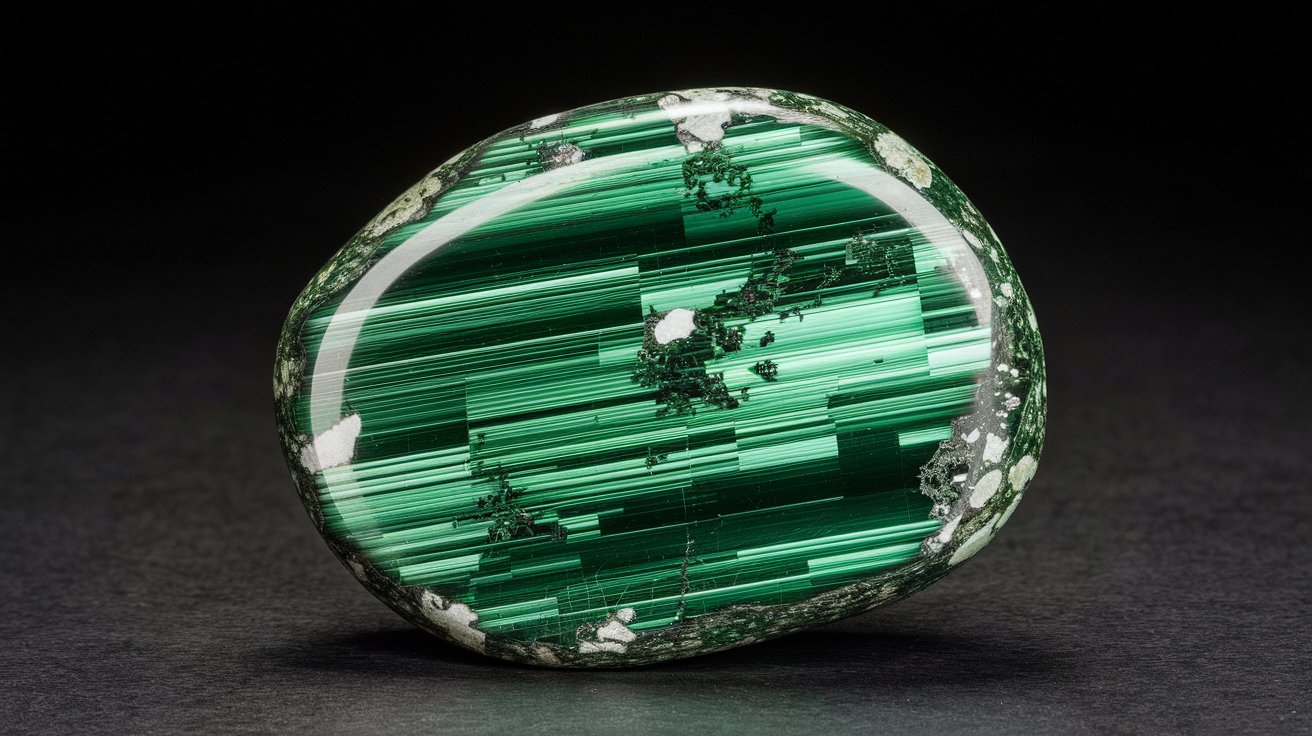
What makes Albrechtschraufite so unique? This rare mineral, named after Professor Albrecht Schrauf, boasts a complex chemical formula: Ca4Mg(UO2)2(CO3)6F2·17-18H2O. Found primarily in Jáchymov, Czech Republic, its yellow-green hue and white streak make it visually striking. With a density of 2.6 g/cm³ and a Mohs hardness of 2-3, it's relatively soft but dense. Albrechtschraufite crystallizes in the triclinic system, specifically in the P1 space group, making its structure intricate. Its unit cell parameters and volume further highlight its complexity. Containing rare earth elements like cerium and neodymium, this mineral is a scientific gem.
Key Takeaways:
- Albrechtschraufite is a rare and complex mineral named after a famous mineralogist. It has a unique composition and crystal structure, making it valuable for understanding geological processes and preserving its occurrences for future study.
- This mineral, Albrechtschraufite, is heavy, soft, and exhibits a yellow-green color due to its intricate composition. Its rarity and scientific significance make it an intriguing subject for mineralogists and geologists.
What is Albrechtschraufite?
Albrechtschraufite is a rare and complex mineral that has fascinated mineralogists for years. Named after a prominent figure in mineralogy, this mineral boasts a unique composition and structure. Let's dive into some intriguing facts about Albrechtschraufite.
-
Name Origin: Albrechtschraufite is named after Albrecht Schrauf, a notable Professor of Mineralogy at the University of Vienna. His work on uranyl carbonate minerals earned him this honor.
-
Chemical Formula: The mineral's chemical formula is Ca4Mg(UO2)2(CO3)6F2·17-18H2O. This complex formula reveals its composition, including calcium, magnesium, uranyl, carbonate, fluoride, and water molecules.
-
Type Locality: Albrechtschraufite was first discovered in Jáchymov, Czech Republic. This area is renowned for its rich mineral deposits.
-
Molar Weight: With a molar weight of 1,428.98 grams, Albrechtschraufite is quite heavy due to its intricate composition.
-
Color and Streak: This mineral exhibits a yellow-green color and leaves a white streak when scratched. The yellow-green hue comes from uranyl ions.
-
Density: Albrechtschraufite has a density of 2.6 grams per cubic centimeter. Its density is relatively high, reflecting its complex structure.
-
Mohs Hardness: With a Mohs hardness of 2-3, Albrechtschraufite is relatively soft, making it prone to weathering.
-
Luster: The mineral has a vitreous (glassy) luster, giving it a shiny appearance.
Crystal Structure and Morphology
Understanding the crystal structure and morphology of Albrechtschraufite helps us appreciate its uniqueness.
-
Crystal System: Albrechtschraufite crystallizes in the triclinic system, one of the most complex crystal systems.
-
Space Group: Its space group is P1, indicating no symmetry elements in its crystal structure.
-
Cell Parameters: The cell parameters are a = 13.569(2) Å, b = 13.419(2) Å, c = 11.622(2) Å, α = 115.82(1)°, β = 107.61(1)°, and γ = 92.84(1)°. These parameters define the unit cell dimensions.
-
Unit Cell Volume: The unit cell volume is approximately 1774.6 cubic angstroms, reflecting the three-dimensional arrangement of atoms.
-
Z Value: The Z value is 2, meaning there are two formula units per unit cell.
-
Morphology: Albrechtschraufite often forms short prismatic crystals with incomplete development due to intergrowths. It can also exhibit other crystal forms like {001}, {101}, {100}, {110}, and {111}.
-
Crystal Structure: The structure involves chains of NaO7 polyhedra connected with PO4 groups, columns with six-membered rings of NaO7 and NaO7-REEO6, and SiO4 polyhedra. It also contains CO3 groups, NaO6 octahedra, and disordered SO2 ligands.
Rare Elements and Similar Minerals
Albrechtschraufite's composition includes rare elements, making it a subject of scientific interest.
-
Rare Earth Elements: It contains elements like sodium, cerium, neodymium, lanthanum, praseodymium, thorium, samarium, oxygen, sulfur, carbon, phosphorus, and silicon.
-
Similar Minerals: Chemically, it is somewhat similar to steenstrupine-(Ce), another rare mineral.
Discovery and Classification
The journey of Albrechtschraufite from discovery to classification has been long and detailed.
-
Discovery History: The first abstract was made in 1983, but it wasn't fully described until 2013.
-
Unique Identifiers: Albrechtschraufite has a unique identifier on Mindat (ID: 97) and a long-form identifier (mindat:1:1:97:6).
-
IMA Classification: It falls under the IMA classification 5.ED.15, categorized as uranyl carbonates with a 1:3 ratio of UO2 to CO3.
Scientific Significance and Conservation
The scientific community values Albrechtschraufite for its unique properties and rarity.
-
Crystallography: Detailed studies of its unit cell and structural parameters are crucial for understanding its properties.
-
Morphological Variations: Intergrowths can affect the development of its crystal forms, making each crystal unique.
-
Environmental Conditions: Formation likely occurs under specific conditions like high temperatures and pressures typical of hydrothermal veins.
-
Scientific Significance: Its complex composition and rare occurrence provide insights into geological processes.
-
Conservation Status: Due to its rarity, efforts are made to document and preserve occurrences for future study.
The Fascinating World of Albrechtschraufite
Albrechtschraufite stands out as a rare and complex mineral. Named after Albrecht Schrauf, its unique chemical formula, Ca4Mg(UO2)2(CO3)6F2·17-18H2O, showcases a blend of elements like calcium, magnesium, and uranium. Found in Jáchymov, Czech Republic, this mineral's yellow-green color and white streak make it visually striking. With a density of 2.6 g/cm³ and a Mohs hardness of 2-3, it's relatively soft. Its triclinic crystal system and space group P1 add to its complexity. The presence of rare earth elements and its intricate crystal structure make it scientifically significant. Despite its rarity, efforts are made to document and preserve Albrechtschraufite for future study. This mineral not only enriches our understanding of geology but also highlights the importance of preserving natural wonders. Albrechtschraufite truly embodies the complexity and beauty of the mineral kingdom.
Frequently Asked Questions
Was this page helpful?
Our commitment to delivering trustworthy and engaging content is at the heart of what we do. Each fact on our site is contributed by real users like you, bringing a wealth of diverse insights and information. To ensure the highest standards of accuracy and reliability, our dedicated editors meticulously review each submission. This process guarantees that the facts we share are not only fascinating but also credible. Trust in our commitment to quality and authenticity as you explore and learn with us.


